Reviving Traditions with Natural Diamonds & Handlooms
Simple, elegant and rooted in craft — consider these handloom & diamond pairings your forever luxury pieces
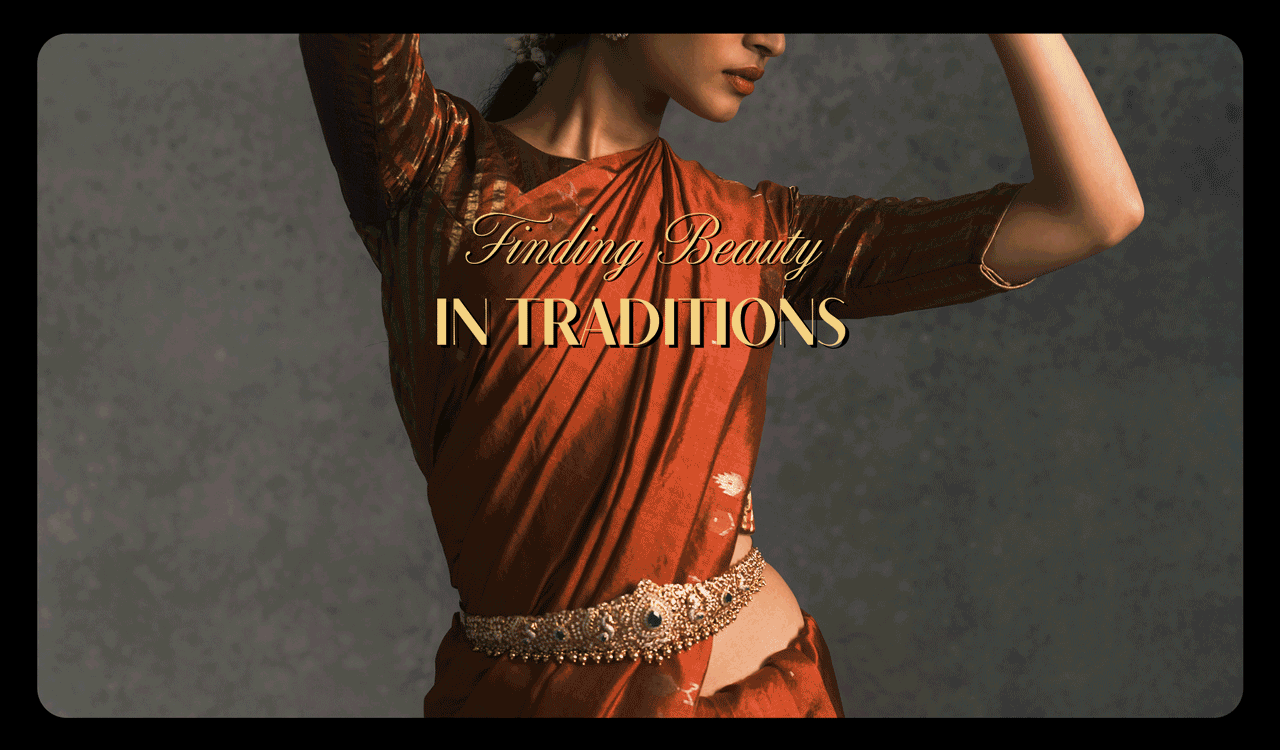
For many decades, diamonds have been epitomised in pop culture by the likes of icons like Marilyn Monroe in the 1953 film Gentlemen Prefer Blondes and Grace Kelly in the Alfred Hitchcock classic To Catch a Thief in 1955.
However, these coveted jewels have long played a crucial role in India’s rich cultural history as well. Some researchers believe that diamond trading began as early as the fourth century BC in India. In the 1730s, our homeland was the world’s only known source of natural diamonds, which translates to “vajara” meaning “thunderbolt” in Sanskrit. Reason: Many locals believed that diamonds were formed by lightning hitting the ground, and were therefore considered to be a gift from the gods.
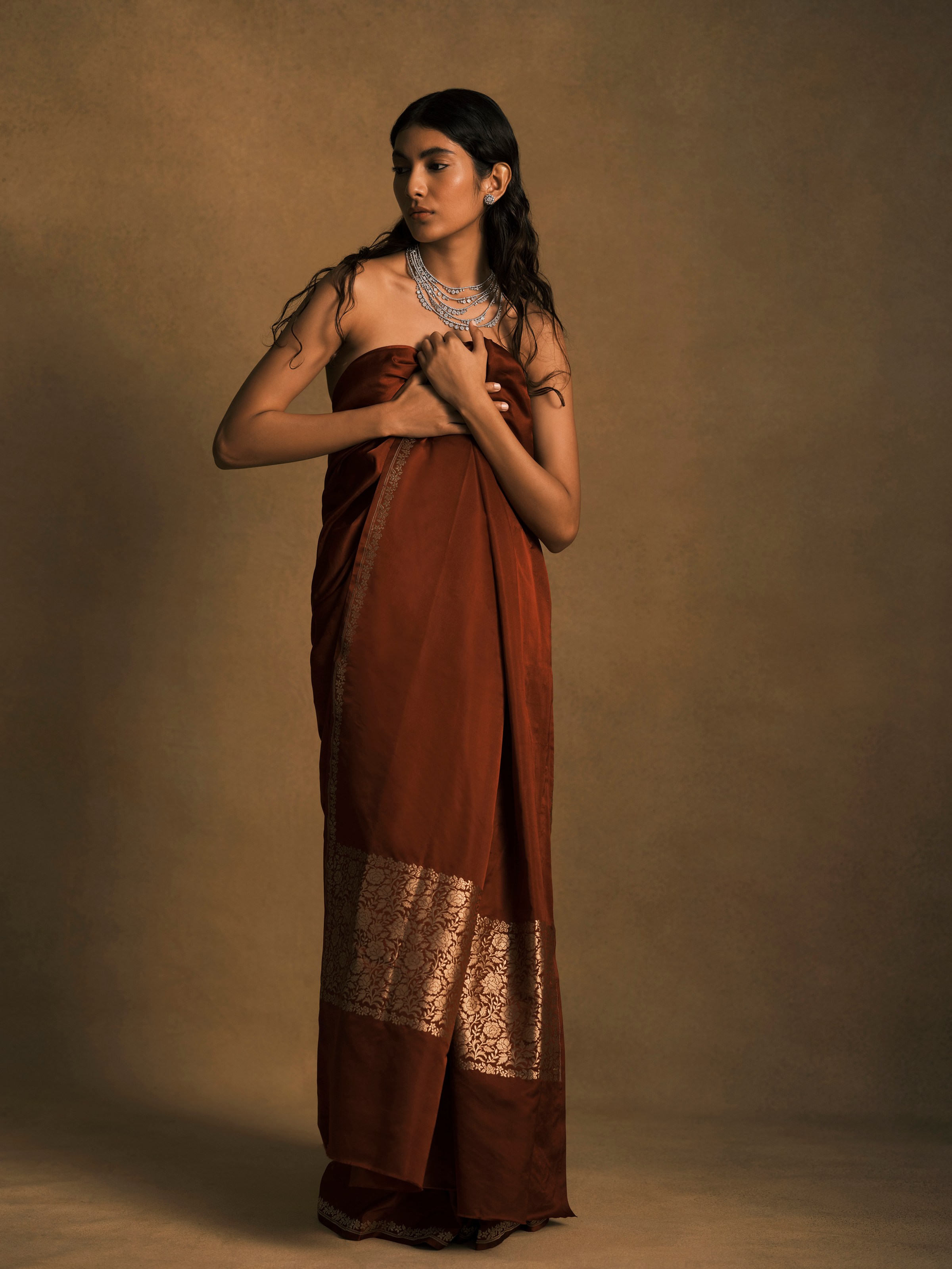
Like diamonds, another byproduct of our cultural tapestry are Indian handlooms. They date back to the Indus valley civilization and writings on embroidery and dyeing are even recorded in Vedic literature. According to The New York Times, cotton was first spun into thread and woven into cloth 8,000 years ago in India. Mahatma Gandhi used the power of the charkha to spearhead self-reliance through the Swadeshi Movement. And post-Independence, the textile industry became a key pillar of the expanding Indian economy.
The convergence between natural diamonds and handlooms goes beyond historical accounts — both industries are grounded in the shared love of nature and craft.

Necklace, Malabar Gold And Diamonds. Sari, Tilfi Banaras.
A real diamond, for instance, is a rare mineral made from carbon and is the hardest natural known substance on earth. They are created over one to three billion years, at very high pressure and high temperature under Earth’s mantle. But, more than anything, it celebrates the might and mystery of our planet.
Similarly, handlooms use natural fibres, promote local materials, and are incorporated into wearable, everyday staples. The handloom industry produces minimal waste while supporting local artisans. From the simplest of weaves worn by a farmer to lavishly embroidered silks worn by Mughal emperors and maharajas, handlooms are breathable, comfortable, and biodegradable.
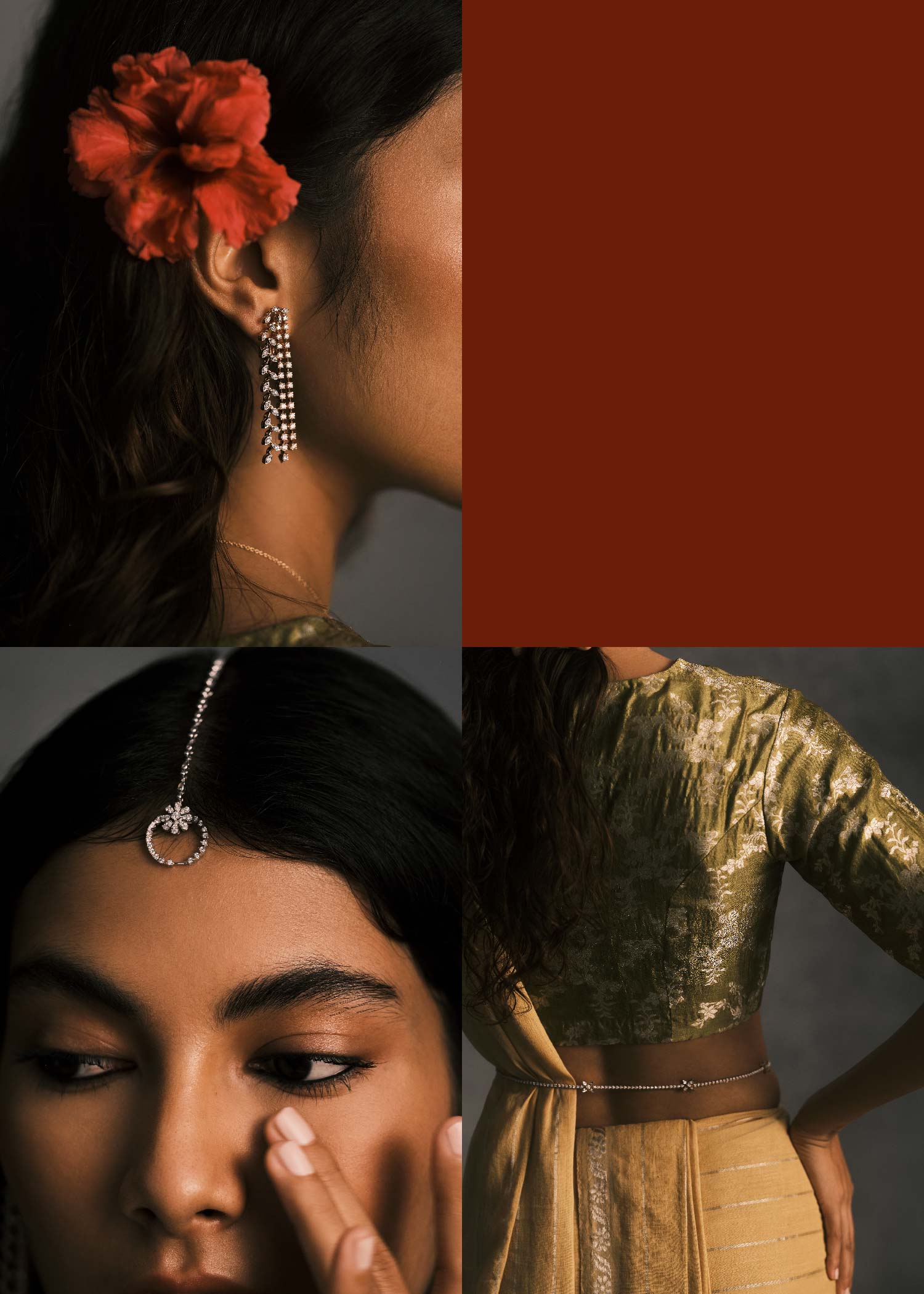
“Handlooms are the purest form of luxury. The same is true for natural diamonds — they are pristine and stay forever.”
-Santanu Das, Director at Maku Textile
Harmony of Elegance: An Ode to Mindful Luxury
In the modern context, new-age luxury aficionados have also embraced a less-is-more philosophy. Deepak Shah, the founder of Benares-born brand November Noon, says, “We all had more time to streamline our wardrobes to only invest in items we love. Consumers are becoming more conscientious to select pieces with real longevity.” Your jewellery box can function similarly. A thoughtful curation of natural diamond pieces, for instance, will accompany you through all aspects of your life and style, adding a little luxury to your everyday ensembles and a glamorous accent to evening attire.
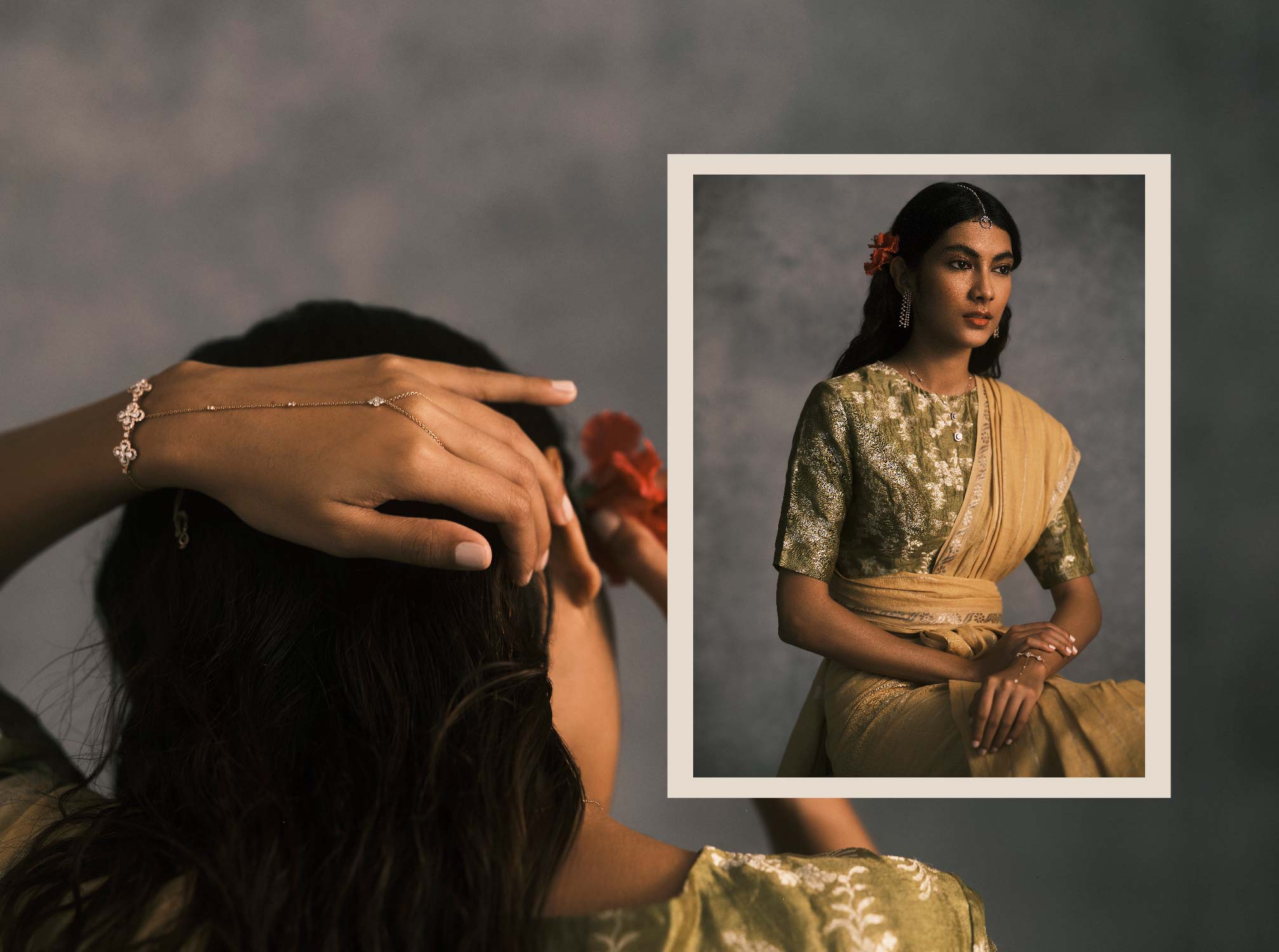
“Handlooms have been a key part of our traditions and culture and being able to practice one’s culture is a luxury in today’s time. For me, handlooms are the purest form of luxury. The same is true for natural diamonds — they are pristine and stay forever. They’ll make for a great gift for a special occasion like an anniversary. Diamonds are, after all, the most eternal symbol of love. Plus, they’re so versatile. Solitaires styled with a simple and streamlined handloom piece is a timeless look,” says Santanu Das, the brainchild behind Maku Textiles.
From your grandmother’s cherished silk saree to diamond jewels that become family heirlooms, what makes the marriage between natural diamonds and handlooms stand out is how both become a loom for weaving stories of kinship and care across generations.
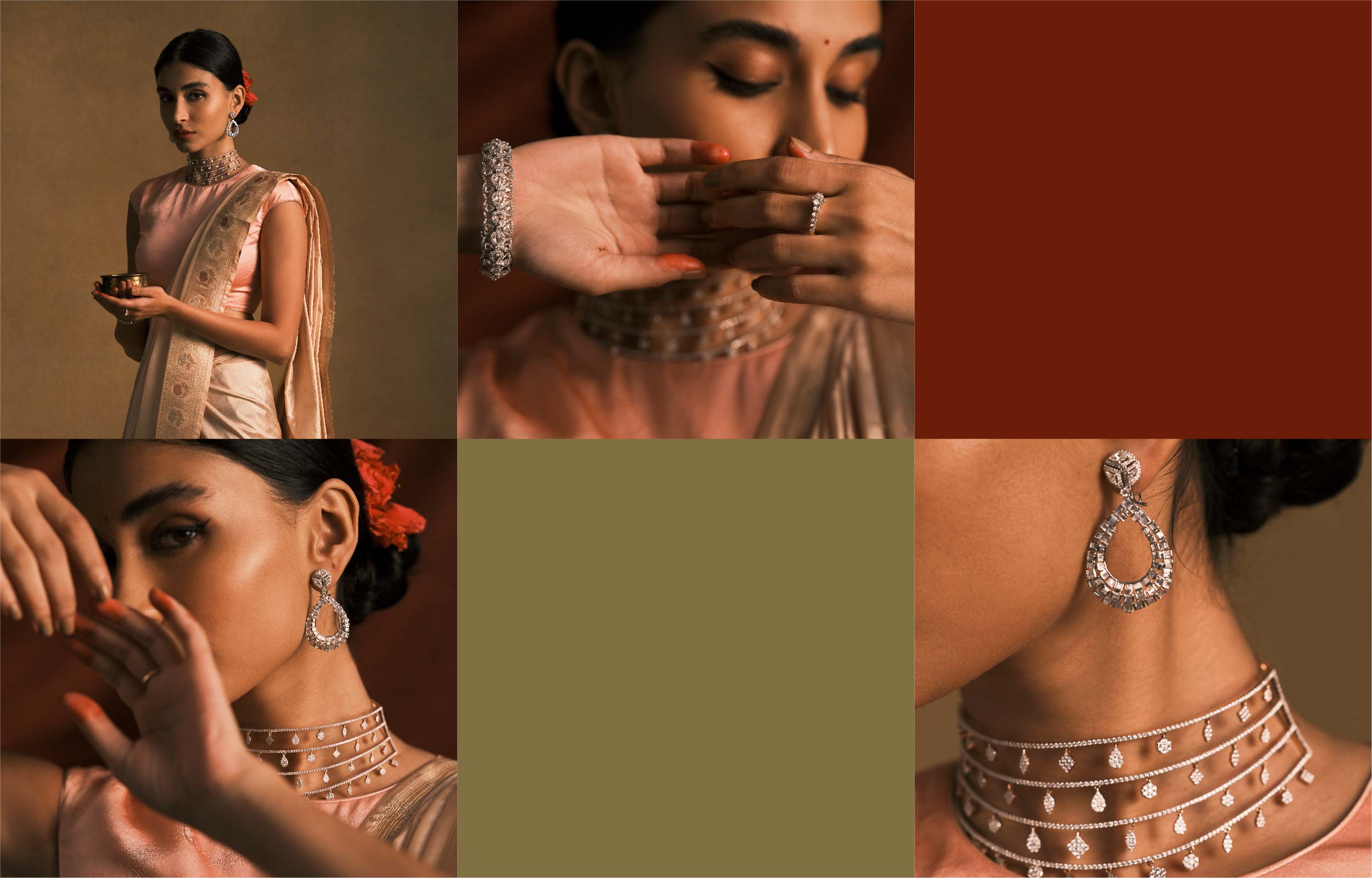
Eternal Beauty: A Joy That Lasts Forever
From your grandmother’s cherished silk saree to diamond jewels that become family heirlooms, what makes the marriage between natural diamonds and handlooms stand out is how both become a loom for weaving stories of kinship and care across generations. They get better with age and make the whole experience of wearing them more reassuring — what’s better value, after all, than something that will last for decades. It also appeals to our sense of legacy and traditions. And, both diamonds and handlooms are an investment that will reward you for years to come.
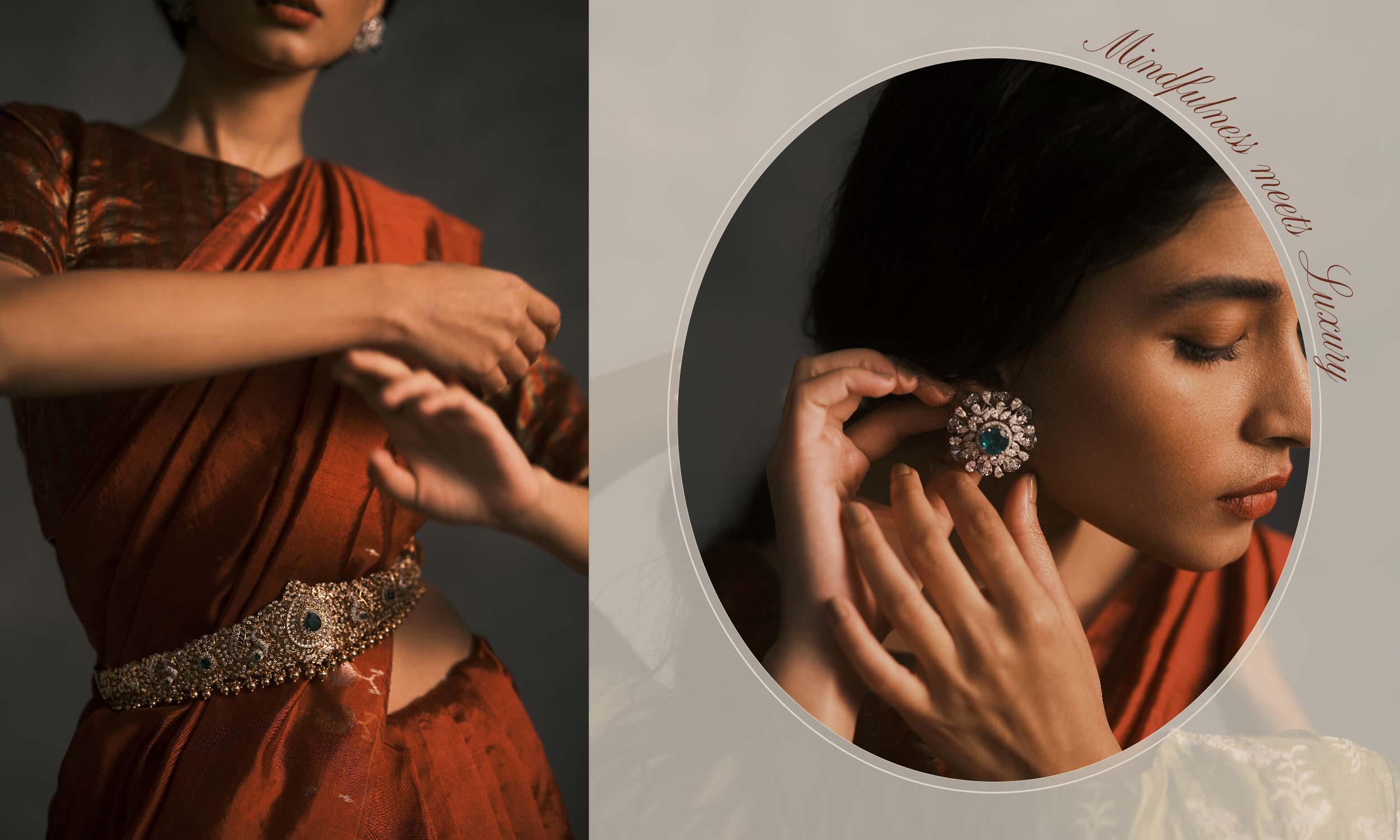
One can see examples of this sentiment throughout mythology, history, and art. Whether it was the Greek philosopher Plato or revered Hindu scriptures, real diamonds and handlooms have always had many cherished stories and history. But, it’s the journey of both these artisanal practices, which celebrates the splendour and wisdom of different generations and geographies, that has become an indispensable part of our culture. When you see it all coming together, it feels beautiful like a perfect mosaic.
